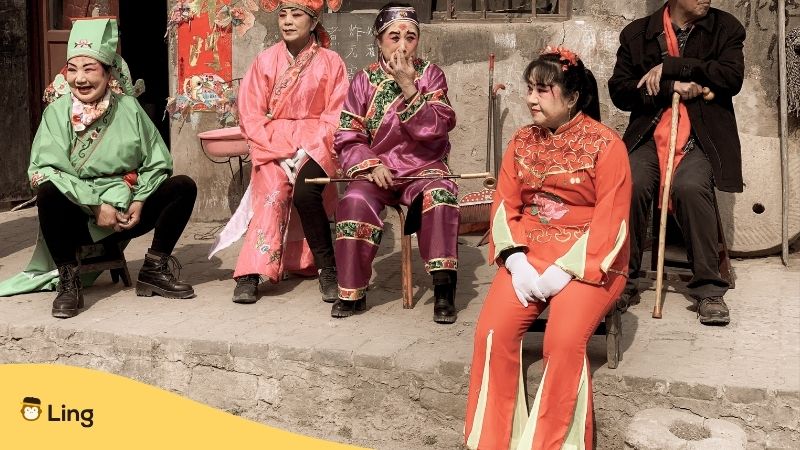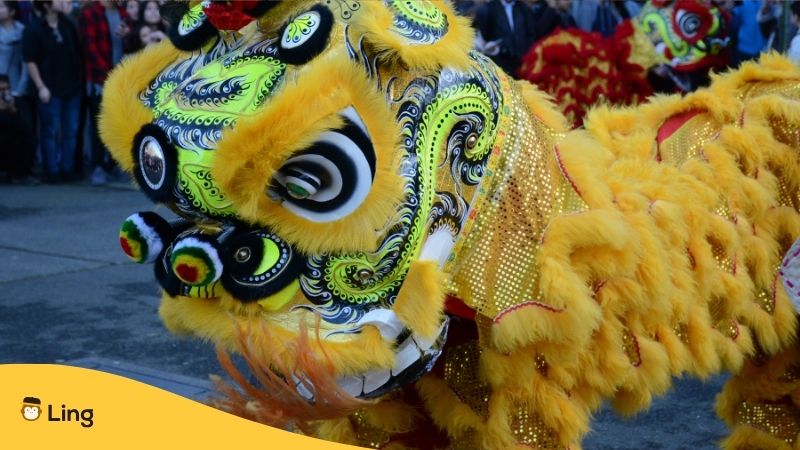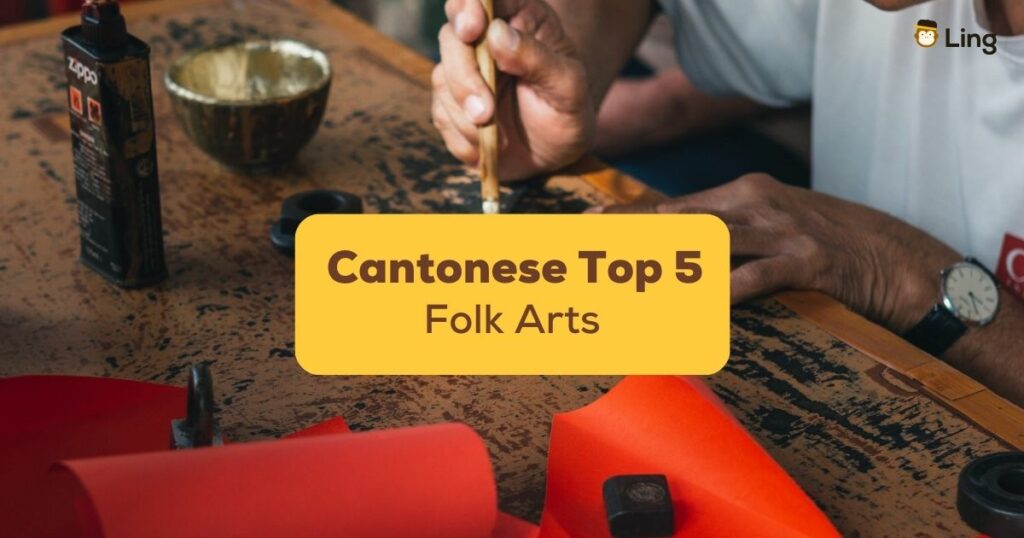One of the most captivating aspects of Cantonese culture is its folk arts. The following Cantonese top 5 folk arts have been a part of the daily lives of the people in the Cantonese-speaking regions of China, especially Guangdong and Hong Kong for centuries.
This time, we will explore the top five folk arts that have shaped and continue to enrich Cantonese culture all over the world.
Cantonese Top 5 Folk Arts
Cantonese folk art is like a colorful storybook brought to life. It’s a blend of vibrant paintings, intricate embroidery, and lively performances that capture the spirit of southern China. From paper cutting to opera masks, it’s a delightful glimpse into the rich cultural tapestry of Cantonese traditions.
1. Cantonese Tea Art – Yum Cha (飲茶)
Having a nice cup of tea and a snack has been elevated to the level of art by the Chinese people of Hong Kong. Cantonese tea art, or “Yum cha” (drinking tea), is not just about the beverage itself but also the art of serving and enjoying it. In Cantonese culture, it is also referred to as “going for Dim Sum” (食點心)
Throughout Chinese history, tea houses in Guangdong and Hong Kong have served as venues for this communal experience. The act of pouring tea for others is a sign of respect, and there are specific etiquettes and rituals associated with it. Cantonese tea art is not only a way to savor the delicate flavors of various teas but also a means to connect with friends and family in daily life.
As well as being a time for the family to get together for a chat, Yum cha (飲茶) has its rules every Chinese scholar should understand such as never sticking your chopsticks straight down into the rice as they will stick up like the incense sticks used for dead people, and that can bring awful luck.

2. Cantonese Opera – Yueju (越剧)
Cantonese opera, known locally as “Yueju” or “Guangdong opera,” combines music, singing, acting, acrobatics, and some rather dramatic face painting. This traditional form of Chinese opera has a long history dating back over 300 years and is renowned for its elaborate costumes and makeup, as well as its distinctive vocal style. It is Mandarin or Peking opera in origin and Cantonese in execution. Cantonese opera performances often depict historical stories, legends, and folklore, making it a repository of cultural heritage that is both a bond for Cantonese speakers at home and abroad and a way of sharing Cantonese culture and Chinese folk art with people around the globe.
In the early 20th Century at the close of the Qing Dynasty, Cantonese opera tended to focus on social realities and used Western styles of costume. However, in an effort to attract a wider audience the costumes and make-up became more striking.
The performers, known as “singers” and “actors,” undergo rigorous training to master the complex singing techniques and movements required for their roles. Each character in a Cantonese opera has a unique set of gestures and expressions and is trained to use real weapons and perform stunts from the Shaolin martial arts.
3. Cantonese Paper Cutting – Jianzhi (剪紙)
Cantonese paper cutting, or “Jianzhi,” (剪纸) is a traditional folk art that involves meticulously cutting intricate designs out of paper. These delicate and symmetrical creations often feature auspicious symbols, animals, and characters from Chinese mythology and shadow play.
The origins of paper cutting can be traced back to the cultural center of the Han Dynasty of ancient China, and it has played a significant role in Cantonese culture for centuries. These exquisite paper artworks are used as decorations during festivals, weddings, and other special occasions. The precision and patience required for this art form make it a cherished tradition that has been passed down through generations.

4. Lion Dance – Wǔ Shī (舞獅)
The lion dance or “Wǔ shī” (舞獅) is a visually captivating and acrobatic folk art that is commonly seen during festive occasions, especially Chinese New Year and other celebrations in Cantonese-speaking communities and Chinese communities around the world. The dance involves performers dressed as lions who use martial arts moves to mimic the movements of these majestic animals.
Lion dances have a rich heritage and are believed to bring good luck, ward off evil spirits, and symbolize prosperity. The two performers inside the lion costume must coordinate their movements meticulously, often leaping, twirling, and even interacting with the audience. Drummers and cymbal players provide the rhythmic accompaniment and traditional music, adding to the excitement and spectacle of the performance.
5. Cantonese Calligraphy – Shūfǎ (書法)
Cantonese calligraphy or “Shūfǎ” is a unique form of Chinese calligraphy that utilizes the Cantonese language. Calligraphy itself is a revered art form in China, but Cantonese calligraphy stands out for its distinctive script and regional cultural influence.
Practitioners of Cantonese calligraphy use brush and ink to create intricate characters with flowing strokes. The traditional Chinese art form emphasizes the balance, rhythm, and aesthetic beauty of the written word. It is often used to inscribe poems, couplets, and blessings on scrolls, banners in the performing arts, and other decorative items.
Choose Your Own Favorite Cantonese Folk Arts With Ling
We have only touched on five of the folk arts celebrated in Cantonese culture. Yet there is so much more we’d like to mention like Chinese knot tying, clay sculpture, the Cantonese kite festival and so many more. I’m sure we’ll get around to it in the near future, so make sure you bookmark Ling app so we can stay in touch.
If you would like to learn Cantonese, Ling has everything you need to master the language and learn about all aspects of Hong Kong’s cultural heritage. Download Ling today at Google Play and the App Store and start your Cantonese adventure with us today.



































































